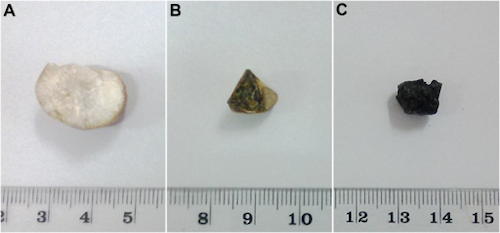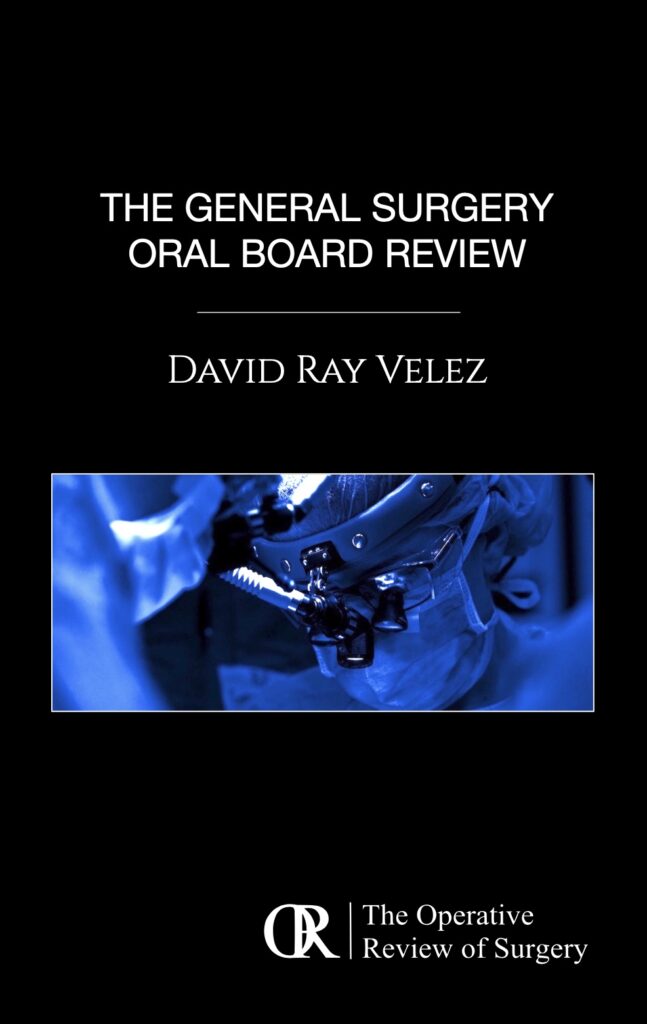Biliary Tract: Cholelithiasis (Gallstones)
Cholelithiasis (Gallstones)
Basics
- Overall Gallstone Prevalence in General Population: 7-20%
- Most Often Remain Asymptomatic or Develop Symptoms Before the Development of Complications
- Types of Stones:
- Nonpigmented Stones – Most Common in the US
- Cholesterol Stones
- Pigmented Stones – Most Common in the World
- Black Stones
- Brown Stones
- Nonpigmented Stones – Most Common in the US
Cholesterol Stones
- The Only Nonpigmented Stone
- Causes:
- Stasis
- Increased Water Resorption
- Low Lecithin Ratio
- Low Bile Salts
- High Cholesterol
- Risk Factors: Mn
- Female
- Elderly
- Pregnancy
- Obesity
- Rapid Weight Loss (Common After Gastric Bypass)
- Diabetes
- Hispanic or Native American
Black Stones
- From Excess Unconjugated Bilirubin
- Interacts with Calcium to Form Calcium Bilirubinate
- Associated With: TPN, Cirrhosis, Alcoholism, Chronic Hemolysis
Brown Stones
- Infected Bile Enhances Hydrolytic Enzymes
- Hydrolysis of Bilirubin forms Insoluble Calcium Salts
- Found Both Within Gallbladder & Bile Ducts
- The Predominant de Novo Bile Duct Stone (Cholangiohepatitis)
- Most Common in Asians

(A) Cholesterol Stone, (B) Mixed Stone, (C) Black Stone 1

Large Gallstone Seen on US 2
Asymptomatic Cholelithiasis
Definition
- Gallstones Without Any Symptoms
Treatment
- General Treatment: Nothing
Prophylactic Cholecystectomy Indications
- Large Stone > 3 cm (Risk for Malignancy)
- Peds (Unreliable Hx)
- Liver TXP
- Sickle Cell Disease (Mimics a Sickle Cell Crisis)
- Hereditary Spherocytosis (If Already Preforming Splenectomy)
- Controversial Indications:
- Concomitant with Gastric Bypass
- Increased Risk of Stones but Generally ASx
- Not Indicated if No Stones Are Found
- Stronger Indication if Concomitant with a Duodenal Switch
- Spinal Cord Trauma
- Some Consider a Relative Indication
- Symptoms Not Necessarily Obscured by Injury
- Concomitant with Gastric Bypass
Hydrops Gallbladder
Hydrops Gallbladder
- Mucus Distention (Bile Absorbed, Mucus Secreted)
- From Impacted Stone Without Infection
- Sx: Palpable but Nontender
- No Increased Risk of Malignancy
Symptomatic Cholelithiasis (Biliary Colic)
Basics
- Pain from Intermittent Cystic Duct Obstruction by Gallstones
- “Biliary Colic” is a Misnomer – Pain is Constant for Several Hours (Does Not Wax/Wane)
Presentation
- Intense Dull RUQ Pain
- Lasts 30 Minutes-6 Hours
- Usually Constant, Not “Colicky”
- Worse After Fatty Meal, Triggering Gallbladder Contraction
- Associated with Nausea and Vomiting
Treatment
- Definitive Treatment: Elective Cholecystectomy
- Medical Option if Refuses Surgery: Ursodeoxycholic Acid (Rarely Used)
- Dissolution Therapy
- Only for Symptomatic Small Stones (< 1 cm) with a Functioning Gallbladder
- 40% Success but 50% Recurrence in 5 Years if Therapy Stopped
Mnemonics
Risk Factors for Gallstones
- 4 F’s: “Fat Fertile Female in Her Forties”
- *Some Say “5 F’s” Including “Fair” – This However is Based on the Misconception that Gallstones are Most Common in Caucasians When in Actuality they are More Common in Hispanics & Native Americans
References
- Weerakoon H, Navaratne A, Ranasinghe S, Sivakanesan R, Galketiya KB, Rosairo S. Chemical characterization of gallstones: an approach to explore the aetiopathogenesis of gallstone disease in Sri Lanka. PLoS One. 2015 Apr 8;10(4):e0121537. (License: CC BY-4.0)
- Nevit Dilmen. Wikimedia Commons (License: CC BY-SA-3.0)

